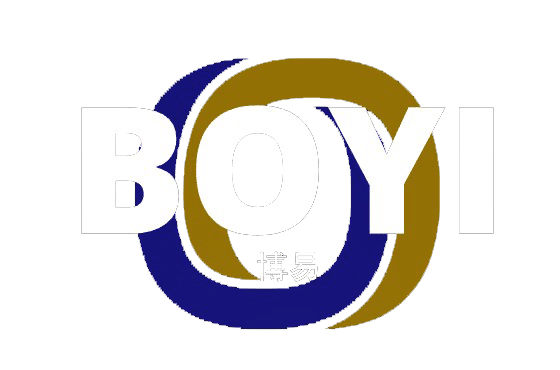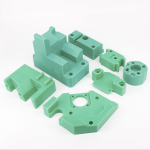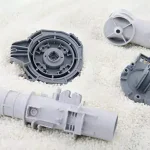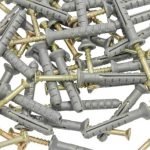Need Help?
FAQs
Is injection molding a good option for prototyping?
Injection molding could absolutely be used for prototyping, but it depends on the project requirements. Typically, for projects that require less than 10 prototypes, injection molding may not be the most cost-effective option. We are happy to meet with you to discuss your needs and help determine if injection molding is the correct process for you.
What is the minimum order quantity for injection molding?
BOYI is happy to offer you injection molding services with NO minimum order quantity.
Does BOYI provide a no-obligations estimate for my injection molding project?
Absolutely. As long as you are able to supply project requirements and part specifications, Fictiv is happy to provide a no-obligation quotation.
Once I have a mold, can I reorder from it?
Of course! BOYI will maintain your mold for 2 years after your most recent order and allow you to re-order parts for the duration of the mold life.
What are the lead times for quick turn molding?
BOYI’s quick turn molding process involves using a proprietary insert and base system to produce molded parts rapidly. Depending on your project’s requirements and complexity, parts can be delivered as quickly as 5 business days!
Will I receive design for manufacturing (DFM) feedback?
Yes! As part of Xometry’s service, we offer DFM feedback on all projects both pre-sale as well as during final tool kickoff to ensure the project is a success.
What is the process after ordering?
After receiving the order, one of our manufacturing engineers reviews the statement of work. A case manager is assigned, and an appropriate manufacturing supplier is identified. A comprehensive DFM/PEG report is created and provided for approval. Upon approval, tooling and mold production is commenced. T1 samples are produced and shipped for approval. Upon approval, the remaining parts are made.
What industries use injection molding?
Injection molding is used across various industries, including aerospace, medical devices, consumer goods, energy, electronics, automotive, robotics, toys, and more.








